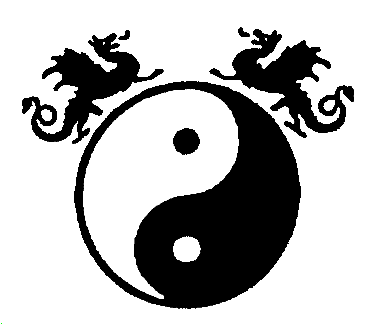Reference Library
Tai Chi as a Martial Art
Tai Chi Ch’uan literally means “supreme ultimate fist” and is considered the softest of all the martial arts. Tai Chi Ch’uan is soft as far as muscular tension is concerned but maximizes the use of internal energy flow. The harder or more external martial arts utilize greater muscular tension, which decreases the flow of internal energy. The energy I refer to is called “Qi” (Chi). Simply, Qi is the energy that flows through all things. Qi is and is what gives us life and good health. In martial arts, Qi flow gives increased power to the movements. Internal styles rely heavily on “mind intent” (concentration, will etc.) to direct the Qi through relaxed muscles that do not hinder the flow of energy.
Tai Chi as a martial art follows the ancient principles of the Tao, pronounced Dao, or “The Way”. The basic philosophy of the Tao is a belief that all things of nature seeks an energetic balance and that there is a flow in the life of all living things and throughout the universe that should not be resisted. The balance of nature is described by the Yin and Yang. These are two opposing or opposite polarities such as hard and soft, night and day, man and women, white and black, negative and positive. It is believed that to resist the forces of nature would be destructive. In martial arts, to resist the incoming force would then be destructive. Tai Chi as a martial art follows this principle. The Tai Chi practitioner would follow the flow of the opponent's energy rather than resist it. In directly meeting force one would most likely share with the opponent in injuries. The Tai Chi practitioner would rather stick to the incoming energy, rather than block it, then redirect the energy and uproot the opponent then counter attack with use of internal force (Qi). Because of being relaxed the Tai Chi practitioner can also move very quickly. Because of a high level of sensitivity developed in Tai Chi practice the Tai Chi practitioner is quite aware of the attack almost before it begins. The relaxed movements are really not totally relaxed, as you do need some muscular tension to perform any movements. Tai Chi seeks to use only the amount of energy required and no more or less. The external martial art styles rely heavily on external muscular tension (localized Qi). There are greater muscular stresses. The external styles rely very much on youthful physical ability, balance, dexterity and endurance. The more advanced hard style practitioner, as he/she gets older, may even begin to rely on more relaxed movement as muscles atrophy and get weaker with age.
The big advantage with external styles is that one can learn self-defense more rapidly than Tai Chi which requires years to develop properly as a martial art.
There are also very few people today practicing Tai Chi for its martial purpose. Most people practice Tai Chi for its health benefits. Today Tai Chi is practiced by millions of peoples throughout the world. Tai Chi for health is practiced by men and women of all ages, from young adults to seniors. They find it a calming pleasant activity that can be practiced anytime almost anywhere. Tai Chi can then be defined simply as “relaxed physical movement with a peaceful but focused mind” and has been described as “moving yoga” or “movement in meditation”.



